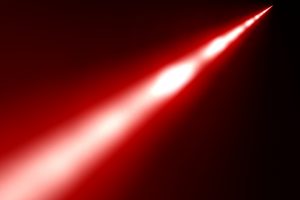Digging Deeper Into Thermal Evaporation
Thermal evaporation is a reliable technique for creating thin films.
The process of thermal evaporation can be explained similarly in the way that condensation occurs. The layers of ice that form when a boiling pot of water is transferred into a bowl then into the freezer is identical to the thin films being formed in a vacuum environment.
With high levels of temperature and a stable environment, nearly any type of material can be used to create a film. The heat that’s generated is created through a heating process that utilizes a refractory metal element or through a highly energized beam.
Resistive Element Evaporation
This type of thermal evaporation involves a resistive element like a light bulb. Also, it’s considered one of the crudest but most common forms of thermal evaporation. The process begins with a high current that passes through the bulb. Once the temperature begins to increase to higher levels, the metal then begins to melt and flow amongst the filament. One of the downsides to using this method is that you can only evaporate small amounts of metals at one time, as well as having to awkwardly load the metal onto the thermal evaporation system.
E-Beam Evaporation
This high-tech method uses a focused beam as the primary heat source. Known to be more “sophisticated” than your typical resistive element system, the e-beam emission is accelerated through a grid and slightly bends before the melting occurs. Temperatures can range but you’ll typically find them hovering around 270 degrees Fahrenheit and up. Refractory metals that require high temperatures can also be evaporated through this process through sputter deposition.
Denton Vacuum, LLC offers premium sputtering systems that are perfect for precision optics, electronics, and ophthalmic applications.

